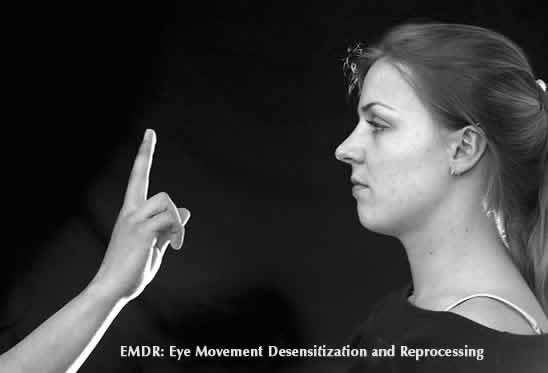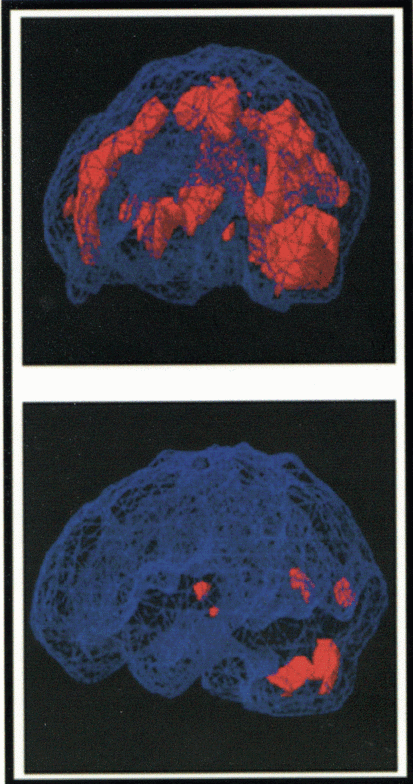Sierra Family Therapy
Counseling for Individuals, Couples, Children/Teens and Families
We are expanding and our website has moved! Please come check us out at www.sierratherapycenter.com
EMDR and Trauma Work
Grass Valley & Nevada City
About EMDR
for Trauma, Depression, Anxiety, Grief and More
EMDR (Eye Movement Desensitization and Reprocessing) is a client-centered psychotherapy treatment developed by Dr. Francine Shapiro to help people heal from emotional wounds, blocks, and limitations. Since the late 1980's, thousands of therapists internationally have been successfully using EMDR to speed up the healing of PTSD, depression, panic attacks, and other disorders.
EMDR is based on the concept that the information processing system in the brain gets blocked when traumatic events occur. These events get locked in the brain with the original picture, sounds, thoughts, feelings, and body sensations. Whenever a reminder of the traumatic event comes up, those pictures, thoughts, feelings, and sensations can continue to be triggered.
Many emotional and behavioral problems are the result of these unprocessed trauma memories. EMDR helps the brain reprocess the old memories while incorporating more recently acquired positive coping skills and beliefs. The result is the relief of the emotional distress and the reduction or elimination of symptoms of the psychological disorder.
The effectiveness of EMDR is supported by many controlled empirical studies; in fact, EMDR is the most researched psychotherapeutic treatment for PTSD (Post-Traumatic Stress Disorder). EMDR has been approved as an effective treatment for PTSD by the American Psychological Association, the Department of Defense, and the Veterans Administration.
Studies have also investigated EMDR's efficacy in treating various mental disorders, including specific phobias, performance anxiety, panic disorder, trauma symptoms in children, complicated mourning, and chronic pain.
For more details, please visit www.emdr.com and www.emdria.org.
Picture Bottom Right: The top photo shows a woman with post traumatic stress disorder. The bottom photo shows the same patient after four ninety minute EMDR sessions. The RED areas indicate overactivity in the brain.


